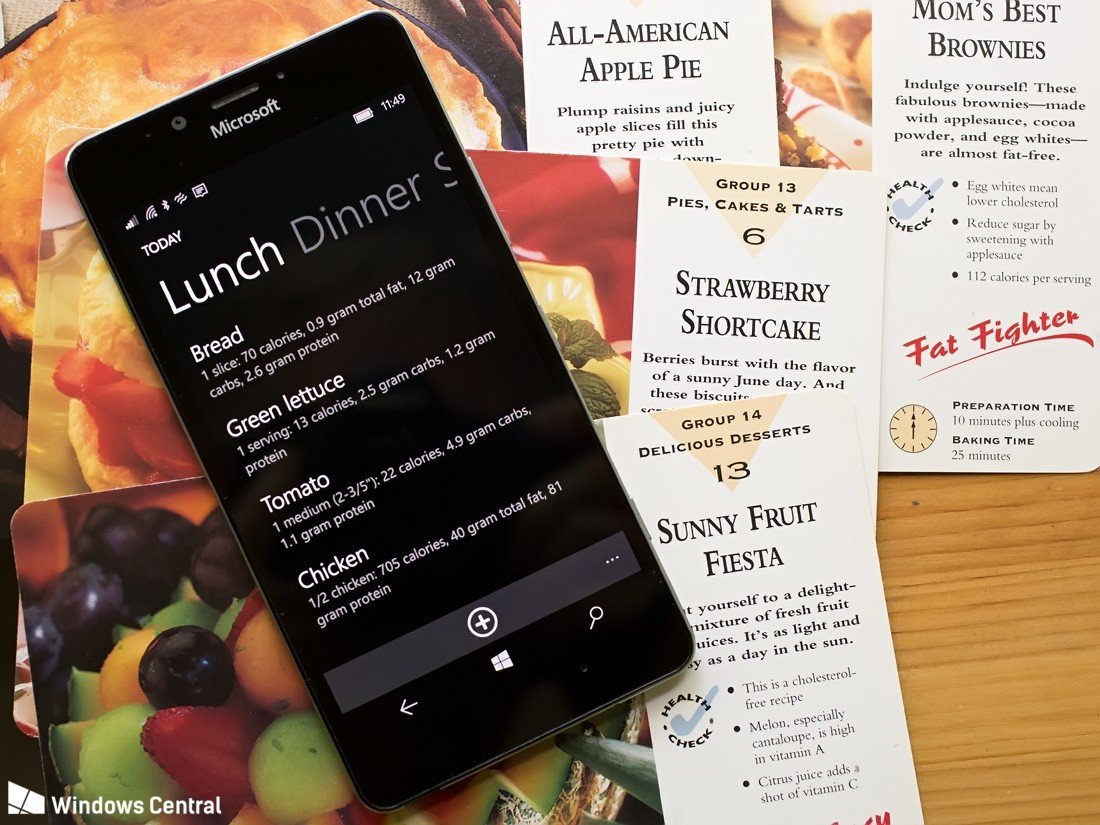Inside BENEO’s new pulse plant: pioneering sustainable protein from faba beans
Microsoft appears to be applying its computer vision and AI smarts to make watching what you eat easier.
Microsoft was awarded a patent for “Food Logging From Images.” That basically means, you can take a picture of your food and Microsoft will provide you with its nutritional information (calories, protein, vitamins, etc.).
This patent indicates that it is a continuation of a previous Microsoft patent in May of 2017 for “Restaurant-Specific Food Logging From Images.” Restaurants are called out specifically in this new patent because the Microsoft Food Logger would use GPS to know when you’re at a restaurant.
From there, the Food Logger could use information from text menus online via Yelp! or a restaurant’s own site to assess nutritional information.
The technology would supposedly also work outside restaurants, using image recognition to understand home cooked meals as well and there are tools to allow the user to edit or correct any inaccuracies in what the Logger identifies. So if you slathered butter on a piece of bread, you could specify the amount.
The obvious use case with this patent is a mobile phone app, which is listed. However, Microsoft goes even further to say this technology would work with camera-equipped glasses.
From how the company describes it, if you walk into a restaurant wearing these hypothetical Food Logger glasses, you would almost get Terminator-like vision looking at the nutritional content of various meals people around you were eating.
The idea of taking a picture of food and automatically getting its nutritional content isn’t new. Apps like Lose It and Calorie Mama AI say they offer the same type of functionality. Samsung even recently added Calorie Mama’s technology into its Bixby virtual assistant.
Google, of course, has also been working on food recognition for a while. And this week it came to light that Google is reportedly adding human-powered food identification capabilities to Google Maps.
Humans labeling pictures of food taken from different angles and visibility will be beneficial to help train Google’s image recognition algorithms.

